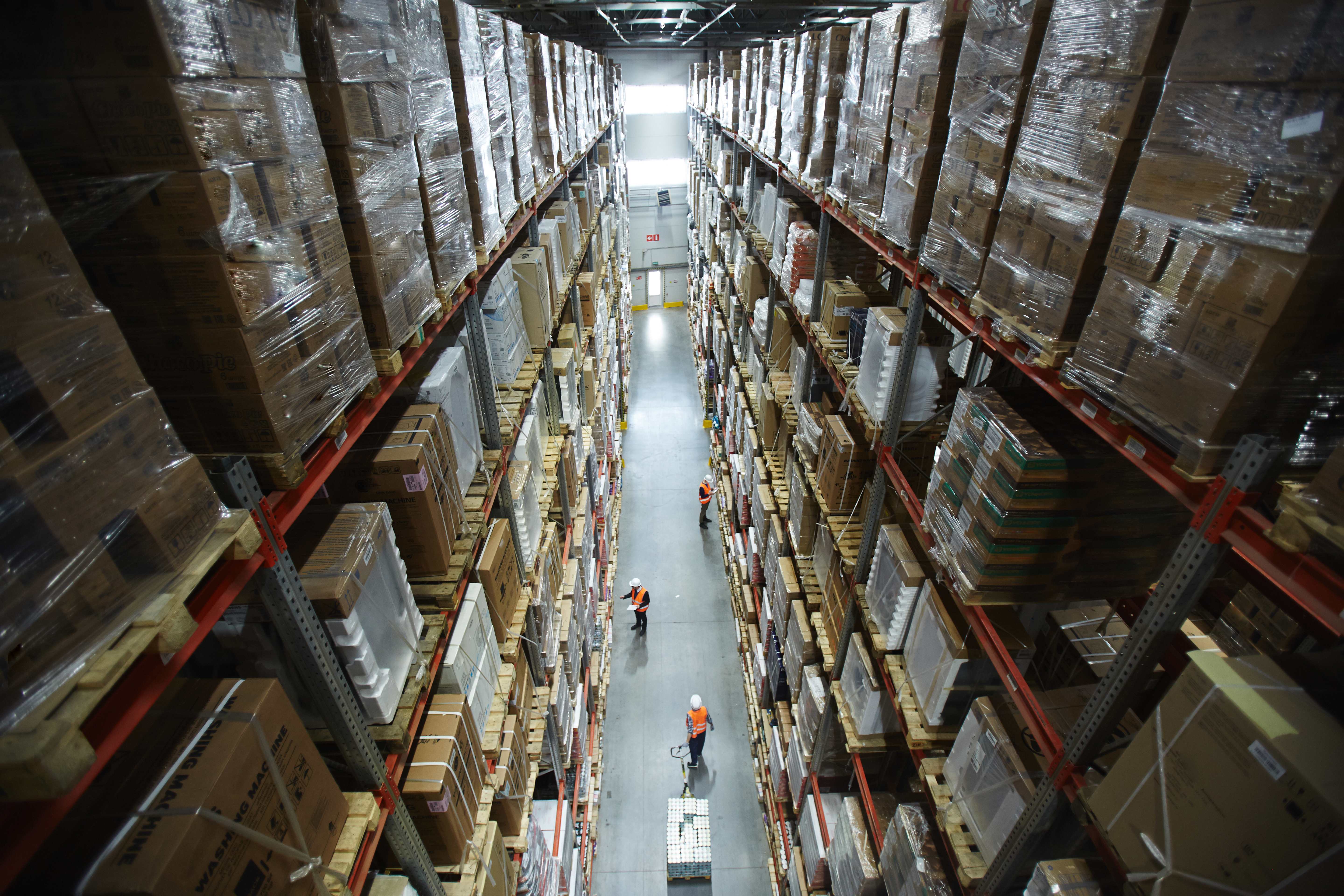-
-
- Global
- Algeria, Djazair
- Angola
- Argentina
- Australia
- Belgium
- Brazil
- Chile
- China
- Cyprus
- Dominicana
- Ecuador
- Egypt
- EU Intermodal
- Hong Kong
- India
- Indonesia
- Malaysia
- Mozambique
- New Zealand
- Pakistan
- Peru
- Philippines
- Romania
- Rwanda
- Saudi Arabia
- Senegal
- Serbia
- Singapore
- Somaliland
- South Korea
- Spain
- Suriname
- Thailand
- Turkiye
- United Arab Emirates
- Ukraine
- United Kingdom
- Vietnam
-
Menu
-
About Us
Related content
![relatedcontent]()
Who We Are
DP World Yarimca is one of the largest container terminals of İzmit Gulf and Türkiye.
Read More -
Services
Related content
![relatedcontent]()
Port Services
DP World Yarımca has become more than a port by taking its service approach to a different dimension with its partial warehouse, CFS Field, Project&Special Cargo, customer portal, KolayRota mobile application!
Read More![relatedcontent]()
Logistics Services
Through our logistics businesses, we look to enable the most efficient production and movement of cargo globally.
Read More -
Logistics
Related content
![relatedcontent]()
DP World, a globally recognized leader in comprehensive maritime-oriented supply chain solutions, has taken another significant stride in its logistics network expansion by introducing a new operational unit in Turkey. This strategic initiative is dedicated to providing top-tier Grade A facilities that optimize operations for DP World's esteemed customers within the Turkish market. Simultaneously, this endeavor will play a pivotal role in nurturing trade and economic growth across the expansive region, known for its intricate connections to the Marmara, Aegean, and Black Seas. Operating under the banner of DP World Logistics Turkey, this division stands as a cornerstone within DP World Logistics Europe's overarching strategic framework. Central to DP World's operational philosophy is the seamless integration of intermodal connectivity and the strategic co-location of logistics facilities, industrial spaces, and port operations. This approach consistently amplifies supply chain efficiencies, resulting in reduced costs and heightened operational efficiency for our esteemed clients across global markets. Rooted in the dynamic region along the Marmara Sea, DP World Yarimca operates as a central commercial nexus, facilitating trade interactions between Europe and Asia, with an impact that resonates far beyond. Our pioneering logistics division, established within this strategically positioned landscape, serves as a catalyst, propelling Europe's economic advancement on multiple fronts. To further enhance our capabilities, we are pleased to announce the incorporation of both bonded and non-bonded warehouse facilities in Istanbul and Kocaeli. These facilities are poised to elevate our offerings, providing even greater flexibility and value to our clients as they navigate the dynamic landscape of international trade.
-
Smart Trade
Related content
![relatedcontent]()
Customer Portal
Our technology investments means our customers have access to all services offered at the port on a single screen.
Read More![relatedcontent]()
Kolay Rota App
With our Kolay Rota app, trucks entering the port area are now provided with quick access to containers.
Read More - Sustainability
Retail logistics to be half a trillion dollars by 2030
Date: 05/10/2021
As World Trade heals the wounds of the pandemic, it has captured the best figures in history. The World Trade Organization (WTO) has announced the world is emerging from the coronavirus shock and the global trade recovery has reached a 'peak'. Although the threat of the virus remains for the coming period, the World Trade Organization's Trade Barometer reveals this fact in concrete terms. The trading barometer, where the three-month indicator was first launched in 2016, hit an all-time high of 110,4.
12,4 percent annual growth
Along with this increase in trade, there are also significant increases in transport, supply chain and port management. Growth in retail logistics, in particular, is at a promising level. According to Precedence Research, global retail logistics market size is expected to exceed $ 465 billion by 2030, with an average annual growth of 12,4 percent.
Traditional methods are abandoned
The global retail logistics market reached a figure of 184 billion 500 million dollars in 2020. In this process, which includes the delivery of the product from its source to the customers, the most critical issue is the smooth delivery of the products to the customers with the efficient movement of logistics. In addition, delivering the right product to the right customer at the right time and place also requires a major operation. Traditional retail methods and old software are no longer used in the new retail industry. Because the retail industry has grown from its initial state in the 2000s to the hundreds of billions of dollars market in 2020. The retail industry develops solutions using data analytics, cognitive analytics, Internet of Things (IoT) and many other new technologies.
According to a World Trade Organization (WTO) report published in 2019, the share of the service sector in global trade is expected to increase by 50 percent by 2040. In addition, if developing countries respond more quickly to the adoption of digital technologies, they will be the fastest developing countries on a global scale. Retail services are expected to increase by an average of 15 percent annually until 2040.

We use cookies on this site to enhance your user experience. By continuing to visit this site you agree to our use of cookies. Learn More


 Where's my ship?
Where's my ship?





